In 31 BC, Marcus Agrippa led Rome’s fleet to victory at the Battle of Actium, crushing Antony and Cleopatra and cementing Octavian’s path to imperial power.
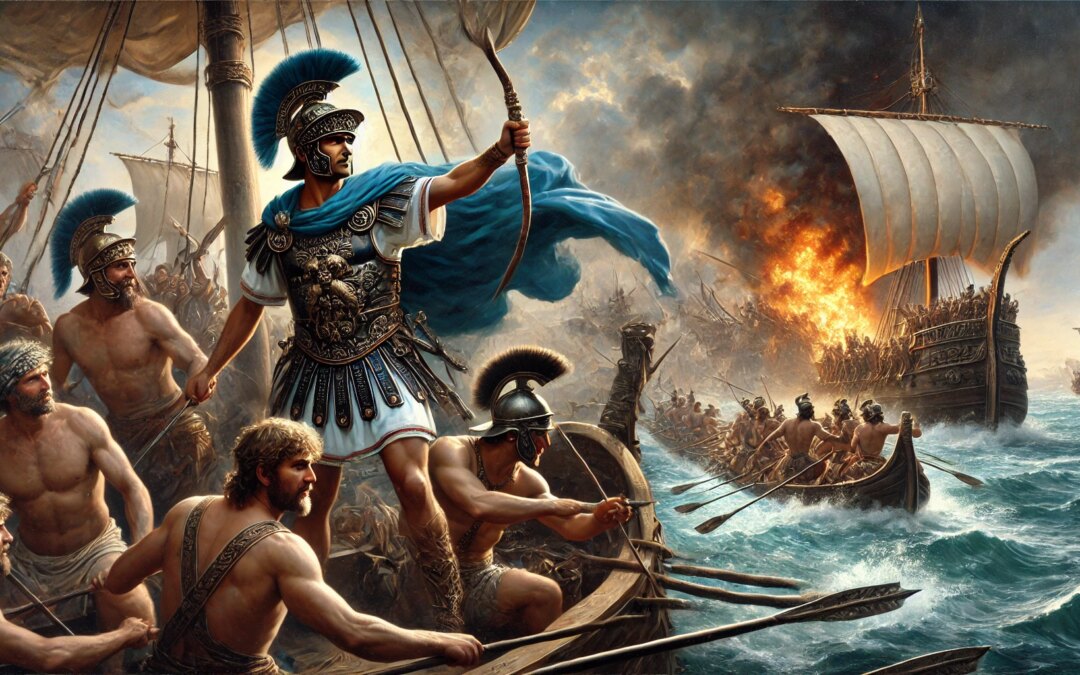

In 31 BC, Marcus Agrippa led Rome’s fleet to victory at the Battle of Actium, crushing Antony and Cleopatra and cementing Octavian’s path to imperial power.
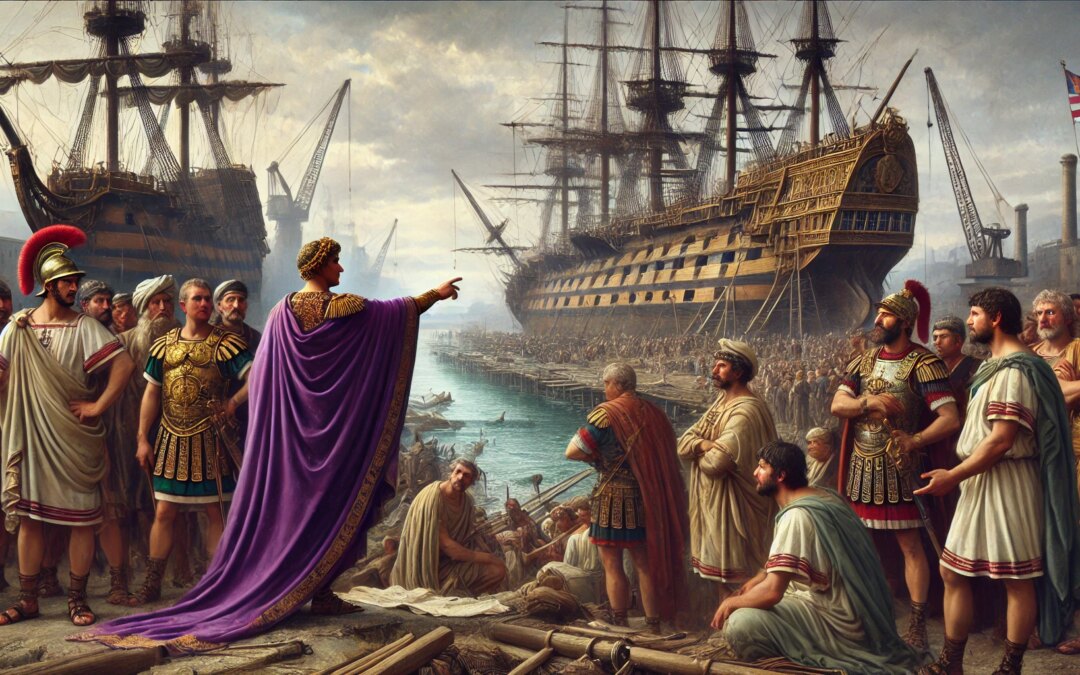
In 460 AD, Emperor Majorian undertook a bold effort to restore Rome’s naval supremacy by constructing a new fleet in Ravenna—an ambitious plan cut short by betrayal and collapse.
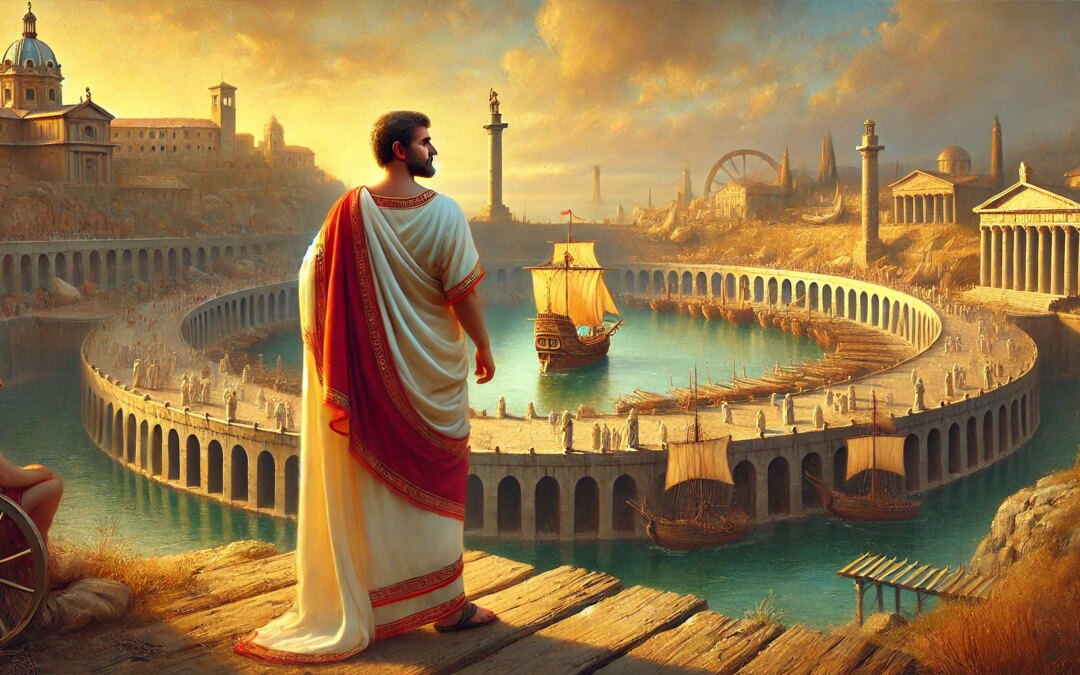
In 12 BC, Marcus Vipsanius Agrippa oversaw the creation of Portus, a monumental harbor that secured Rome’s grain supply and transformed imperial logistics.

Explore the world of Roman shipbuilding in the 1st century AD, where skilled craftsmen constructed the warships and merchant vessels that fueled empire.
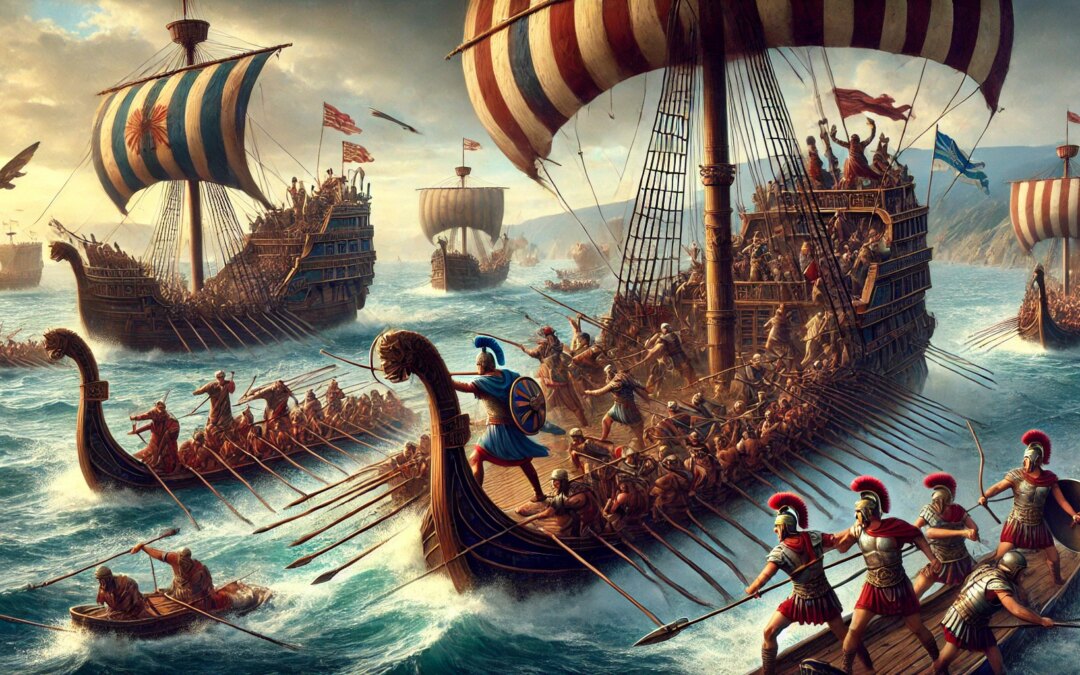
Uncover the brutal tactics, ships, and strategies behind Roman naval battles in the 1st century BC as Rome vied for maritime supremacy.
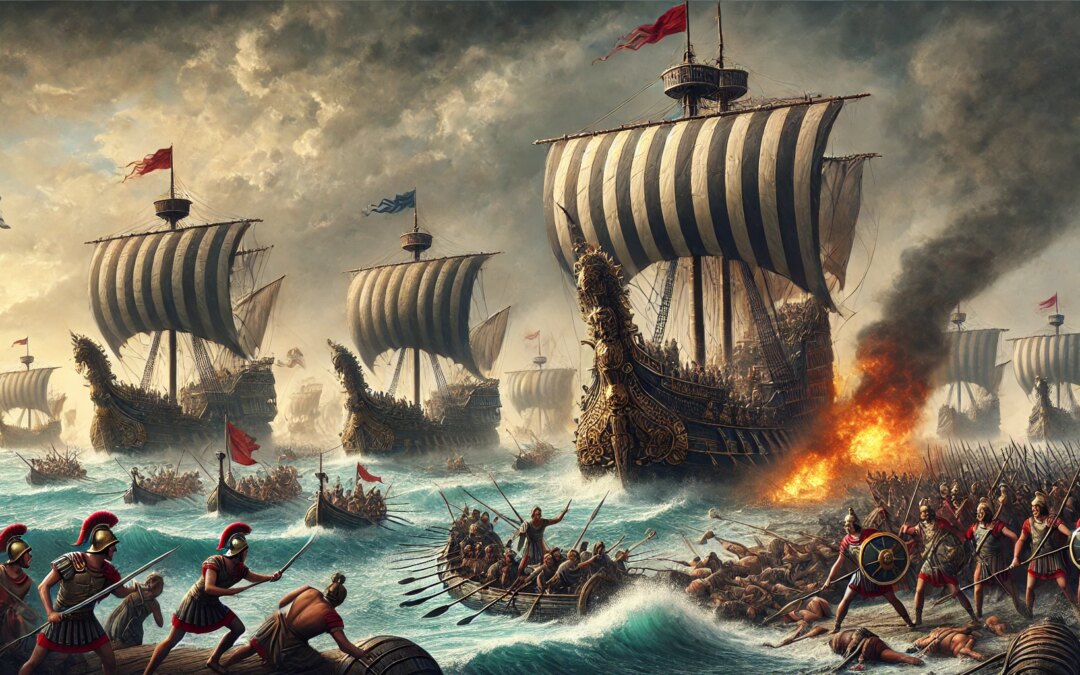
In 31 BCE, Octavian’s navy defeated Mark Antony and Cleopatra at Actium, sealing the fate of Rome’s Republic and ushering in the age of the Empire.
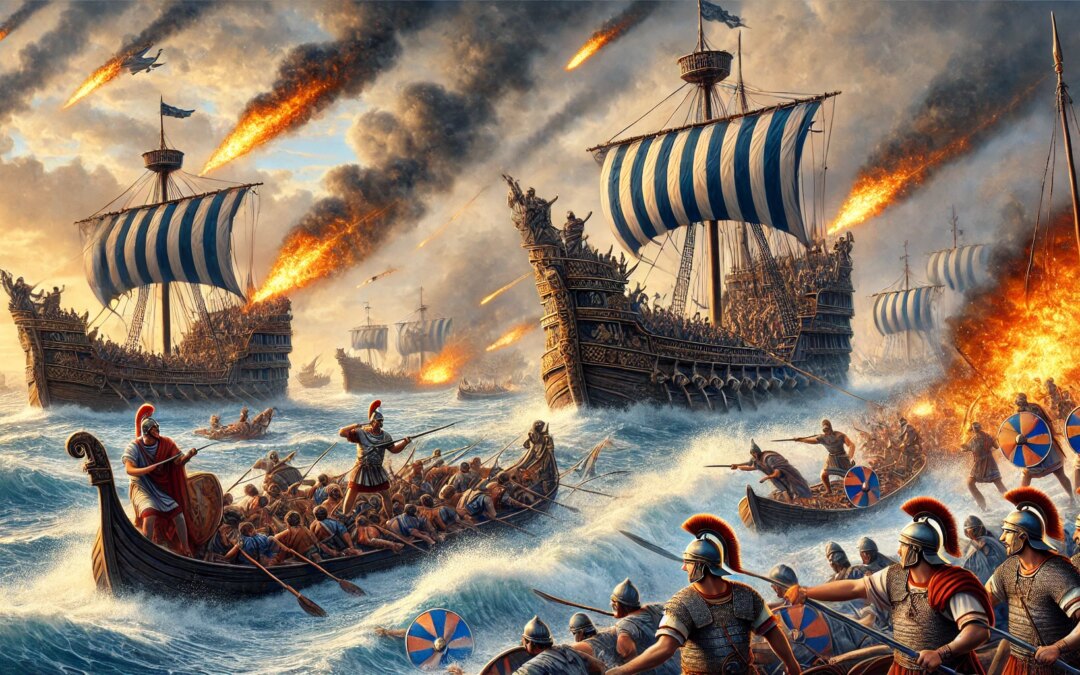
The First Punic War (264–241 BCE) saw Rome transform into a naval power, using innovative tactics to challenge Carthage’s dominance at sea.
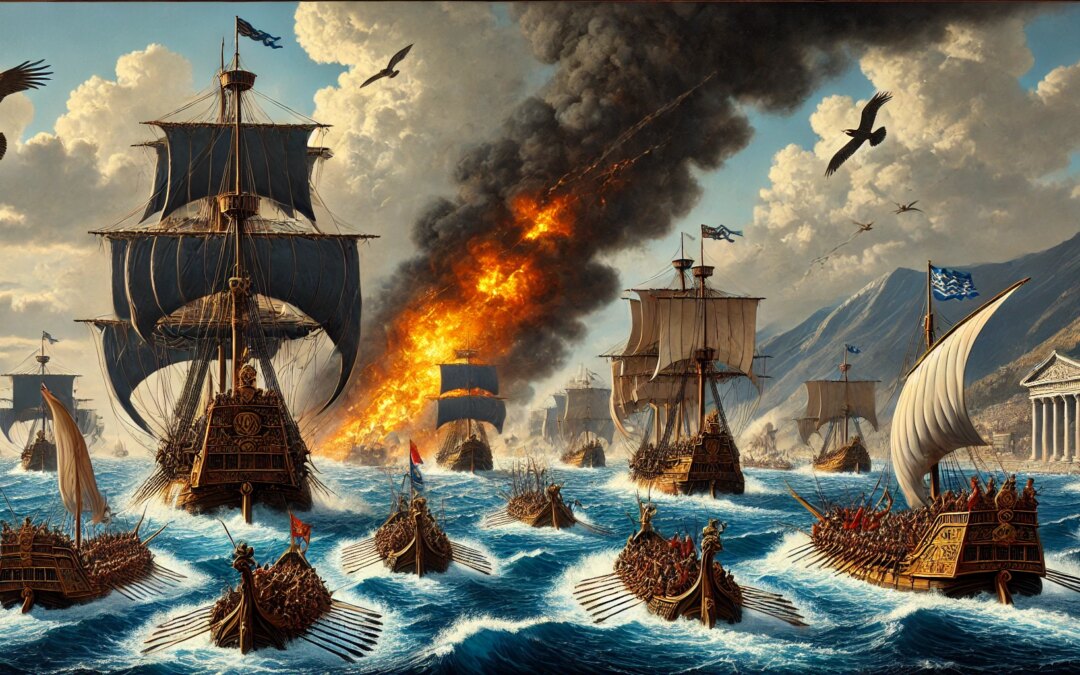
Discover how the Battle of Actium in 31 BCE determined the future of Rome, ending the rule of Mark Antony and Cleopatra.